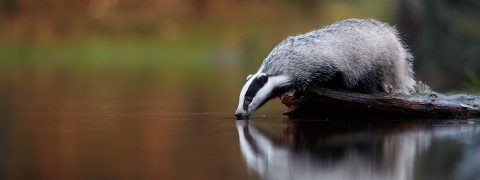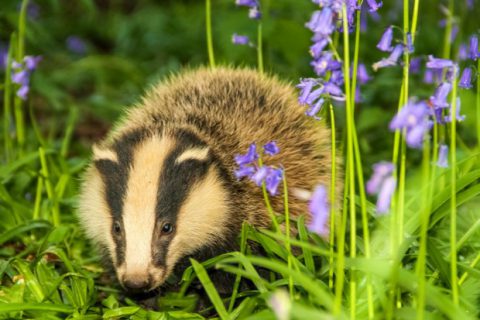This is a slightly expanded version of an article I wrote for Cloverleaf magazine while general lockdown still applied. By the time you read it, the situation may have changed. That doesn’t matter, because I’m hoping people will take an interest in the wildlife in their garden and in our lanes and fields. It’s not just something for now, but something lasting. At the end, I’ll tell you where you can find out more.
Birds
Many people have bird feeders and some contribute to the RSPB Garden Birdwatch. Did you know that you can carry out a garden birdwatch throughout the year? The British Trust for Ornithology has an all-year round birdwatch scheme. You can also records bees, some bugs, reptiles, butterflies and amphibians. They normally charge £17 per annum to cover costs (and a book) but this year are offering it for free. It’s something children (and adults) can really get into. Also think about putting up a nestbox. It’s too late for this year but could be invaluable next year.
Bees
Many species, especially bumblebees, are in major decline. There’s a surprising number of species. You can help by having pollinator-friendly plants. You may find some tiny bees; they are solitary bees, and fascinating in their own right. You can attract them with bee hotels.
Butterflies and Moths
Many species are in decline. You can help them by providing suitable plants. Moths are the Cinderella of the natural world, because many people think they are pests, but there’s just a few, tiny, moths, that may attack clothing and carpets. I trap moths, using a light trap, and have found that children are fascinated by some of the larger moths they are shown. You don’t necessarily have to trap them; just leave a light on outside when the weather is warm and settled. A white sheet nearby will help. Many species are quite colourful or well marked so you’ll be surprised by what you might find.
 Beetles and other “Creepy crawlies”
Beetles and other “Creepy crawlies”
There are hundreds of beetle or bug species, many of which you can find in the garden or locally (e.g. Ladybirds and Shield Bugs). Some are fascinating. In my moth trap I found a Black Sexton Beetle, a carrion species that buries animal corpses and lays it’s eggs nearby; both parents keep an eye on their young, even feeding them. All in the garden! Also don’t forget spiders – there’s many species, some of which can be identified by sight.
Mammals
Rural gardens can hold a surprising number of species, some shy and obtrusive. Keep an eye (and ear) out for Hedgehogs, a pair of which recently entertained us in our garden. Under the bird feeder, I’ve occasionally seen a furtive Wood Mouse. Along the lanes you may come across a Stoat or Weasel. Shrews are around too but often only come to light when discarded by cats. Roe Deer are not uncommon in our area but tend to be shy and unobtrusive. They can be a problem for gardeners, since they often like to eat roses and other plants!
Amphibians and Reptiles
Frogs, toads and newts are all around us. Even if you don’t have a pond, you may find some in your garden, especially after dark. The reptiles you are most likely to find are Grass Snakes and Slow Worms. The latter is a legless lizard that eats slugs, snails and other creatures and is good for the garden.
Wild flowers
The spring of 2020 has been good for wild flowers, due to lack of cutting of verges and less vehicle pollution. You’ll even find some in the garden, where, unfortunately, they are often labelled as weeds. There’s plenty of good wild flower guides available.
Wildlife gardening
It’s a good time to consider gardening for wildlife if you don’t do so already. There are many books and other sources of information on the subject.
How to find out more
There are many books and sources of information available. To see a selection, click here.
If you would like any further information or help, please feel free to email me at motcombe@btinternet.com.
Rob Grimmond.

